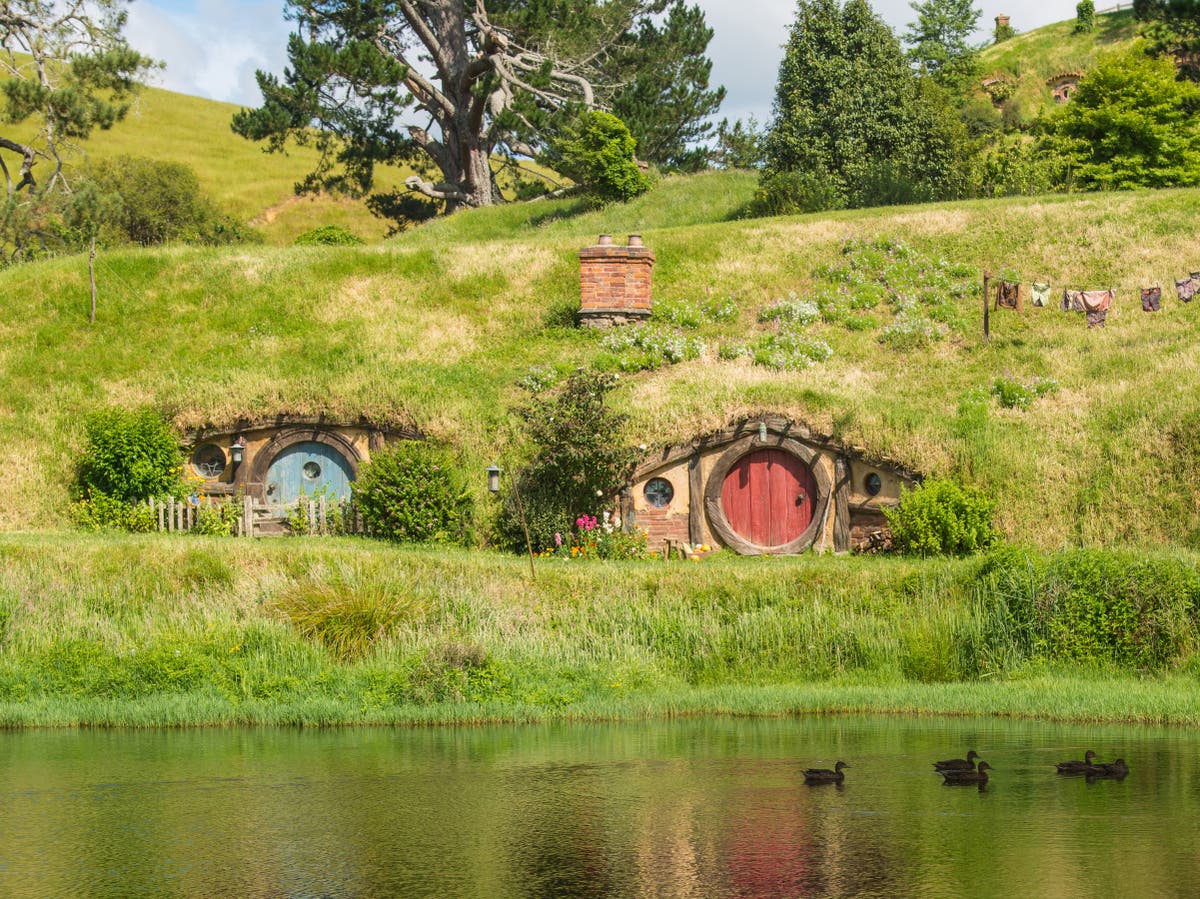Though it has been named after one of JRR Tolkien’s hobbit characters, a prehistoric mammal that emerged soon after the extinction of the dinosaurs can hardly be said to resemble the diminutive hairy-footed humanoids of Middle Earth.
Instead, the newly discovered Beornus honeyi, which looks more analogous to a cat-sized tiger, was named in homage to The Hobbit character Beorn, apparently due to the appearance of the animal’s inflated, or “puffy”, molars – which reminded the researchers of the character, who can transform into a bear.
Alongside Beornus honeyi, researchers found the remains of two other slightly smaller animals, which they said roamed North America during the earliest Paleocene epoch, within just a few hundred thousand years of the mass extinction of the dinosaurs.
The other species are Miniconus jeanninae and Conacodon hettingeri.
The creatures all belong to a new group which includes a diverse collection of placental mammals called archaic ungulates, primitive ancestors of today’s hoofed mammals such as horses, elephants, cows and hippos.
Artist’s impression of what the three species may have looked like, with the one named after the hobbit on the far right. Left to right: Conacodon hettingeri, Miniconus jeanninae, and Beornus honeyi
(Banana Art Studio)
Paleontologists from the University of Colorado in Boulder unearthed parts of lower jaw bones and teeth, which provide insights into the animals’ identity, lifestyle and body size.
The research team said they believe the animals may have been omnivores because they evolved teeth that would have allowed them to grind up plants as well as meat, but said this does not rule out them being exclusively herbivores.
The mass extinction that wiped out the non-avian dinosaurs 66 million years ago is generally acknowledged as the start of the “age of mammals” because several types of mammal appeared for the first time immediately afterwards.
Madelaine Atteberry, from the University of Colorado’s Geological Sciences Department, said: “When the dinosaurs went extinct, access to different foods and environments enabled mammals to flourish and diversify rapidly in their tooth anatomy and evolve larger body size.
“They clearly took advantage of this opportunity, as we can see from the radiation of new mammal species that took place in a relatively short amount of time following the mass extinction.”
The team studied the teeth and lower jaw bones of 29 fossil species from the same family of animals to determine the anatomical differences between the species, and used phylogenetic techniques to understand how the species are related to each other and to other early Paleocene archaic ungulates in the western United States.
They said the evidence shows that the three species are indeed new to science.
The research is published in the Journal of Systematic Palaeontology.



More Stories
New vaccine may hold key to preventing Alzheimer’s, scientists say
Just 1% of pathogens released from Earth’s melting ice may wreak havoc
Europe weather: How heatwaves could forever change summer holidays abroad